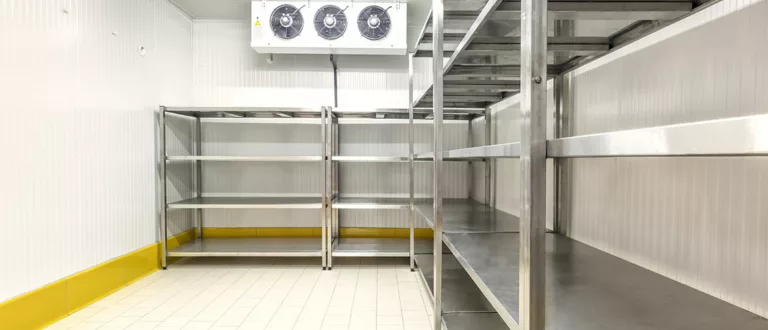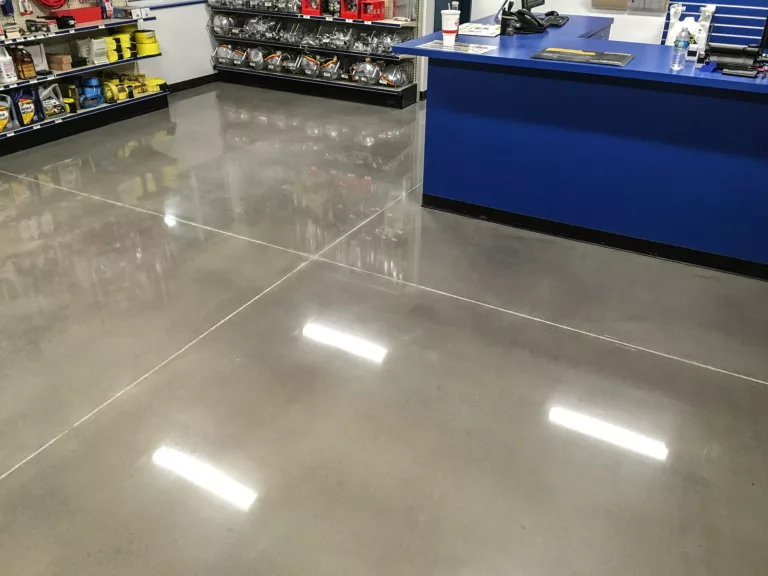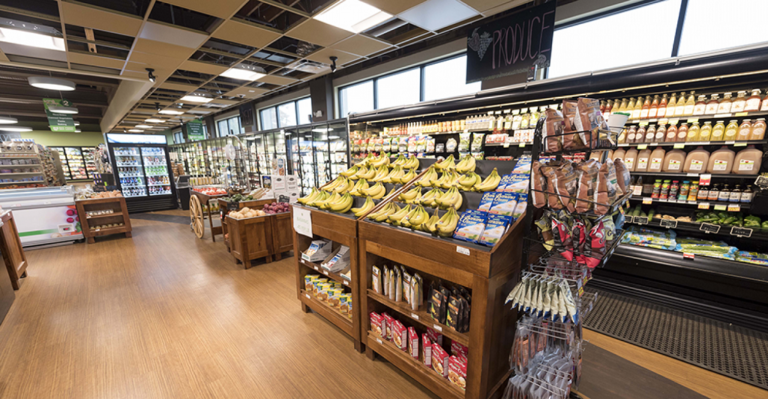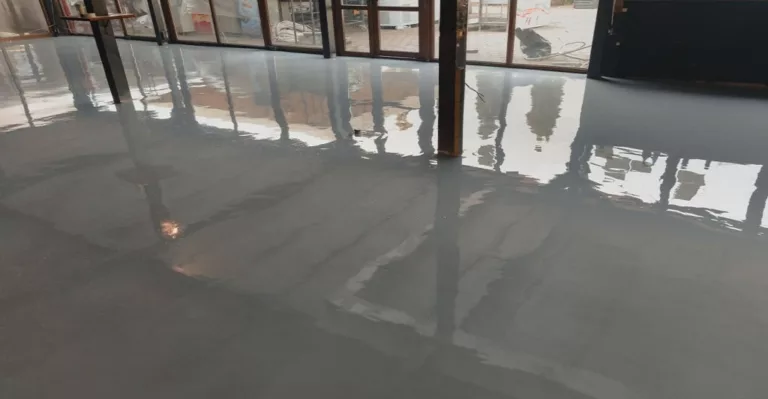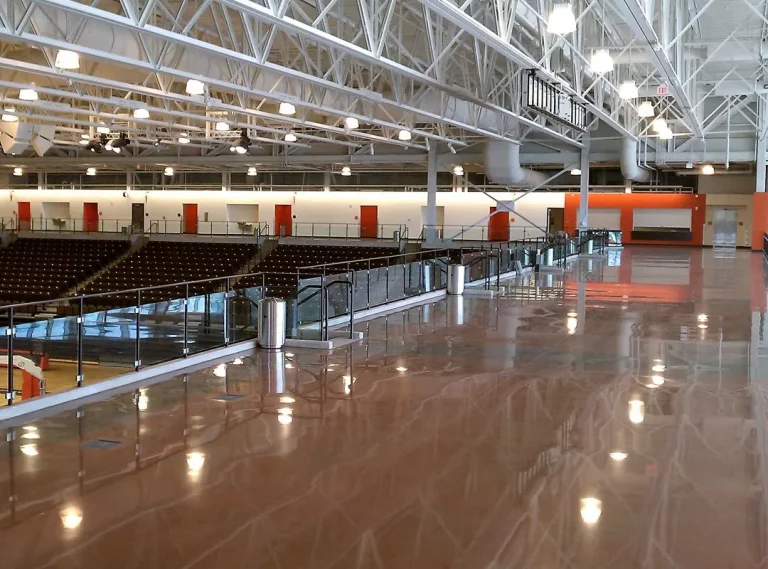Types of Epoxy Floor Coatings in Vancouver — Choosing the Right System
Overview of self-levelling, flake, mortar, quartz, ESD and moisture-control epoxy systems for garages, warehouses, clinics and commercial spaces across Vancouver & BC.
Not all epoxy floors are built the same. The right system for a garage in Coquitlam is very different from what you’d use in a food plant in Richmond or an electronics lab in Burnaby.
At Priority One Epoxy Flooring, we design epoxy coating systems around your traffic, chemicals, aesthetics and budget. Below is a practical guide to the main types of epoxy floor coatings we install across Vancouver and BC, what they’re best for, and how to choose the right one for your project.
Understanding epoxy flooring systems (beyond simple “paint”)
Epoxy coatings are two-part resin systems that chemically cure into a dense, seamless surface. In professional installations, they’re built as systems, not just a single coat:
- Primer: bonds to mechanically prepared concrete and seals porosity.
- Body / build coat: self-levelling, slurry or mortar layer that provides strength.
- Decorative broadcast: flakes or quartz for appearance and traction where desired.
- Topcoat: clear or pigmented layer tuned for UV, abrasion and slip resistance.
The combination of these layers is what determines how the floor performs under vehicles, forklifts, sanitizing chemicals and daily cleaning.
Comparison of common epoxy floor coating types
| System Type | Best For | Key Strengths | Main Considerations |
|---|---|---|---|
| Self-levelling Epoxy | Garages, showrooms, lobbies, light industrial. | Smooth, clean look; levels minor imperfections; easy to clean. | Needs good prep; texture may be added where slip risk is higher. |
| Quartz / Slurry Epoxy | Food, healthcare, commercial kitchens, change rooms. | Decorative, slip-resistant, highly durable and hygienic. | More installation steps; texture must balance cleaning and traction. |
| Epoxy Mortar | Warehouses, loading docks, repair of damaged slabs. | Extremely tough; rebuilds pitted or uneven concrete. | Highest material and labour cost; used where needed most. |
| Flake / Chip Epoxy | Residential garages, shops, light commercial. | Hides defects, adds traction, very popular aesthetic. | Broadcast and cleanup require experienced installers. |
| ESD / Conductive Epoxy | Electronics, labs, data rooms, healthcare imaging. | Controls static, helps protect sensitive equipment. | Must be designed to match ESD performance specs. |
| Moisture-Control Epoxy Primer | Damp slabs, on-grade concrete, older buildings. | Mitigates vapor drive, reduces blistering & peeling risk. | Requires proper testing; added step in overall system cost. |
Primary epoxy systems we install in Vancouver & BC
- Flows out to create a smooth, high-build surface over prepared concrete.
- Ideal for garages, showrooms, clinics and lobbies needing a clean, modern look.
- Can be installed as solid colour or as the base for decorative effects.
- Great option when you want a “new slab” look without replacement.
- Combines epoxy with coloured quartz or silica for texture and durability.
- Common in food plants, wash bays, locker rooms and healthcare.
- Slip-resistant profile that can still be scrubbed and sanitized.
- Wide range of decorative blends to match branding or zoning.
- Thick-build systems using 100% solids epoxy and graded aggregates.
- Used to rebuild damaged concrete and handle extreme loads.
- Perfect for warehouses, fabrication shops, impact zones & ramps.
- Often finished with a seal coat or polyaspartic topcoat for cleanability.
- Decorative vinyl flakes broadcast into the base coat and sealed.
- Very popular for residential and commercial garages across the Lower Mainland.
- Helps disguise patchwork, hairline cracking and minor defects.
- Multiple flake blends to coordinate with cabinets, vehicles or branding.
- Engineered systems that manage electrostatic discharge (ESD).
- Used in electronics manufacturing, labs, medical imaging and data centres.
- Requires correct underlay, grounding and testing to meet spec.
- Can be combined with coves and cleanroom-friendly detailing.
- Specialized primers to reduce moisture vapor transmission from the slab.
- Critical for on-grade or older concrete in Vancouver’s damp climate.
- Helps prevent blistering, bubbles and early delamination.
- Forms the foundation for long-lasting epoxy and polyaspartic builds.
Where each system fits in Vancouver & across BC
Here’s how these epoxy coating types typically map to real projects we install throughout Metro Vancouver and BC:
- Garages & workshops: flake or self-levelling epoxy with a UV-stable topcoat for style, stain resistance and easy cleaning.
- Warehouses & logistics: epoxy mortar and high-build epoxy with safety striping and clearly marked forklift lanes.
- Food & beverage facilities: quartz / slurry or urethane-cement hybrids with coves, drains and aggressive slip-resistance.
- Healthcare & labs: self-levelling or quartz epoxy with integral coves, ESD zones where needed and cleanable finishes.
- Retail & showrooms: decorative flake, metallic epoxy or clear-sealed coloured quartz for brand-forward presentation.
- Strata & parkades: high-build epoxy with polyaspartic topcoats on ramps and high-traffic lanes.
Design & maintenance choices that make your system last
Choosing the right type of epoxy is step one. Making sure it performs for years comes down to specification and simple day-to-day care.
- Match system thickness to actual loads (cars vs forklifts vs pallet jacks).
- Decide early whether you need texture, coves or drain detailing.
- Address moisture and slab condition before picking products.
- Plan colour zoning, safety lines and branding into the system from day one.
- Sweep or dust-mop to remove grit that can wear topcoats.
- Clean spills promptly—especially oils, chemicals and food acids.
- Use pH-neutral cleaners approved for resin floors.
- Protect high-impact areas with mats, plates or bumpers where practical.
- Inspect turning lanes, workstations and thresholds for early wear.
- Schedule re-topcoats before the system wears down to the body coat.
- Repair isolated damage quickly to prevent larger failures.
- Document work for budgeting, audits and warranty support.
- Regular exposure to boiling water, steam or extreme thermal shock.
- Outdoor or high-UV exposure better suited to polyaspartic or urethane.
- Heavily contaminated or moving slabs that need additional engineering.
What is the best epoxy floor coating for a residential garage?
Most homeowners in Metro Vancouver choose a flake epoxy system built over a moisture-tolerant primer, with a UV-stable topcoat at the garage door. It hides imperfections, adds traction and cleans easily.
When do you recommend epoxy mortar instead of standard epoxy?
We specify epoxy mortar when the slab is badly worn, heavily pitted, or subject to extreme loads and impact. It rebuilds the surface and can save the cost and disruption of full slab replacement.
Do all epoxy floors need a moisture-control primer?
Not always, but in damp BC conditions many on-grade slabs benefit from a moisture-tolerant or MVB primer. We decide based on moisture testing, building age and slab history.
Can decorative epoxy still be slip-resistant?
Yes. Flakes, quartz and fine aggregates can be added to achieve the right level of traction without making cleaning difficult. We tune texture by zone—garages, ramps, kitchens or dry retail.
How do I know which epoxy system is right for my project?
The safest approach is a site visit and written specification. We look at your slab, traffic, chemicals and budget, then recommend a system (and thickness) that fits those conditions instead of a one-size-fits-all option.
Priority One Epoxy Flooring designs and installs custom epoxy coating systems for garages, warehouses, food facilities, healthcare and commercial spaces across Vancouver and British Columbia.

